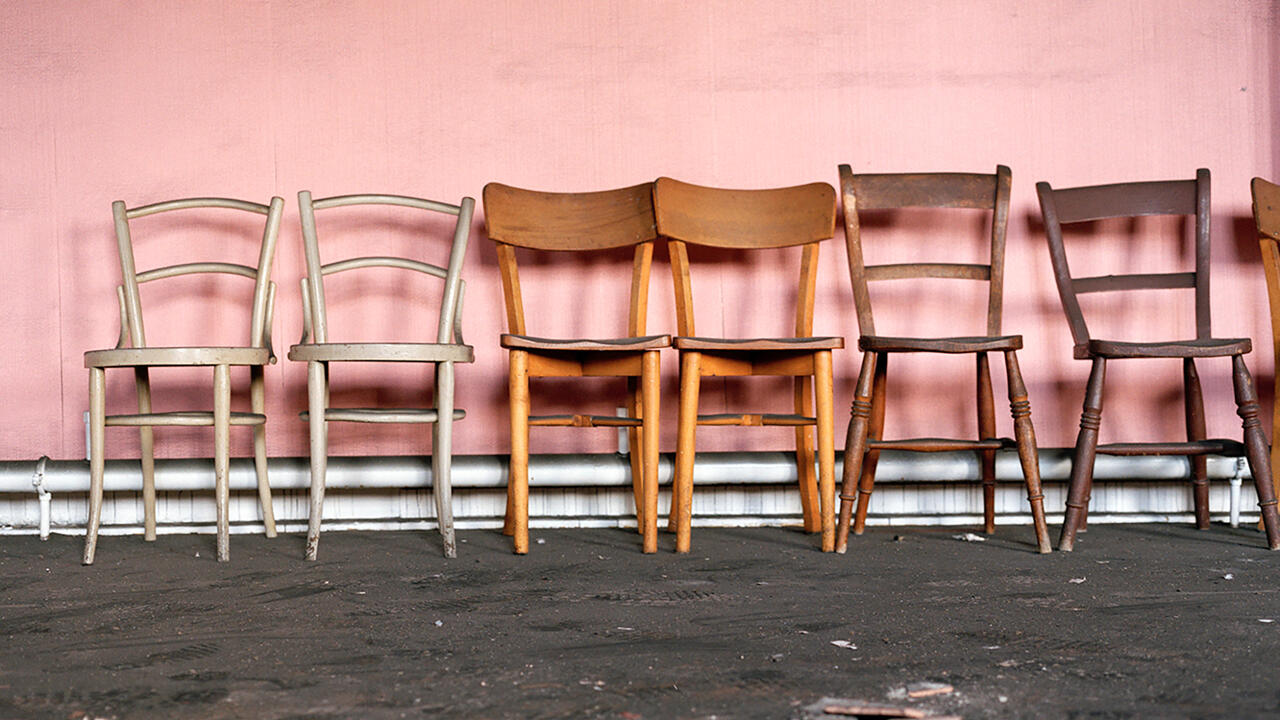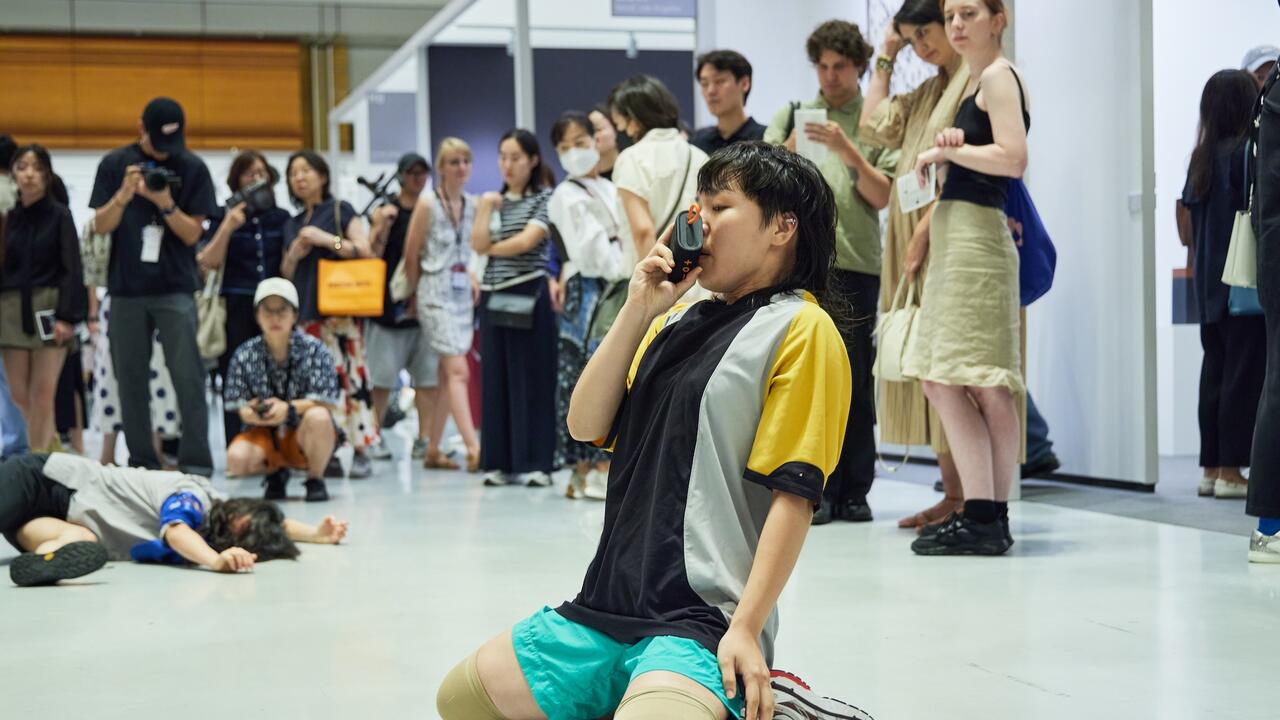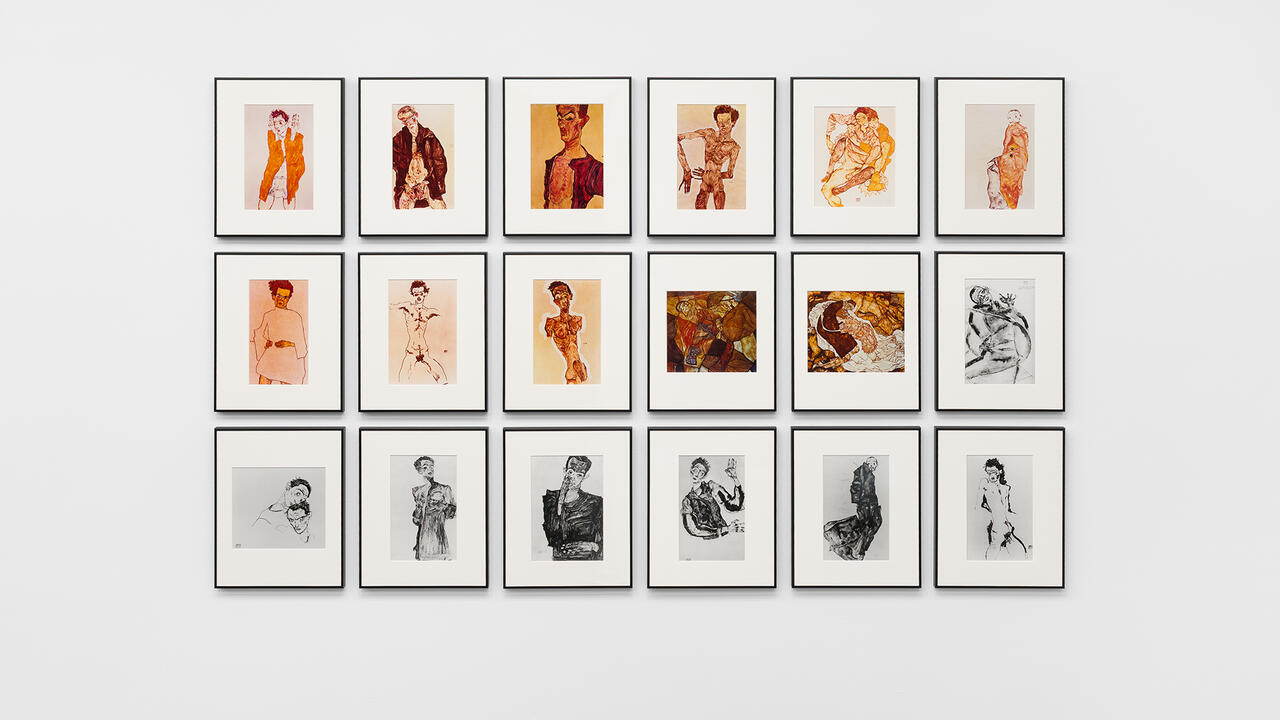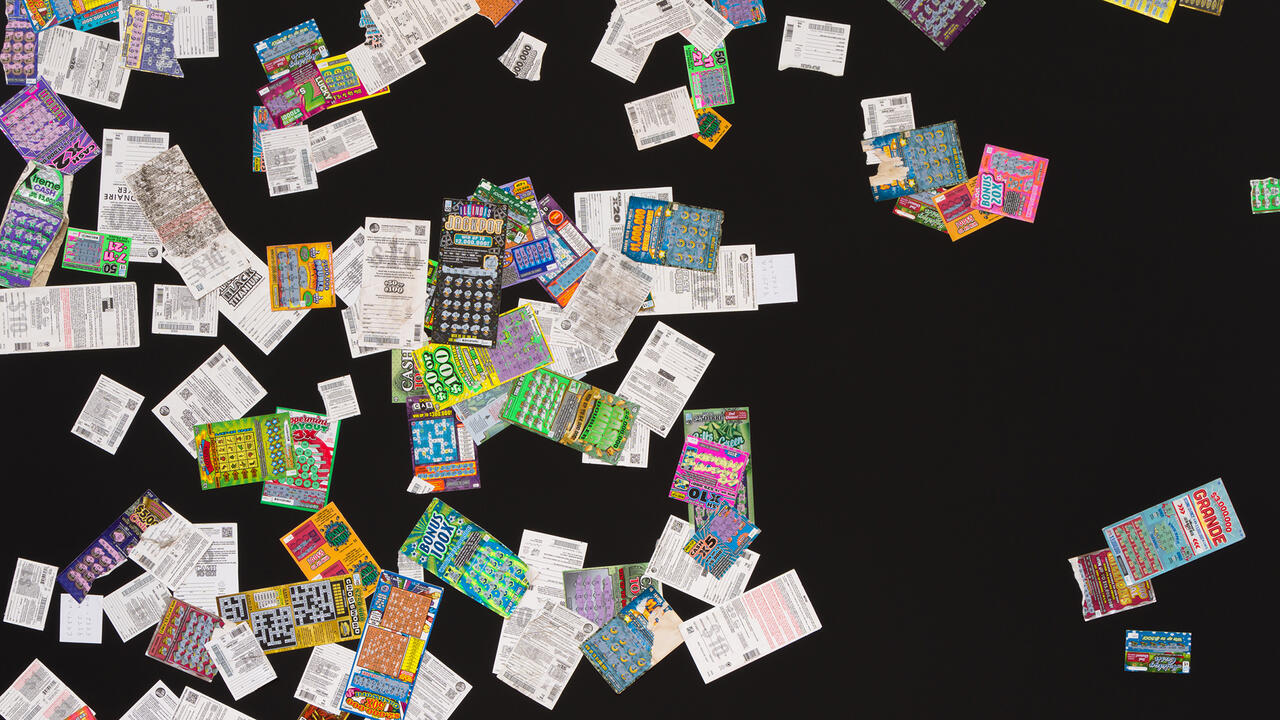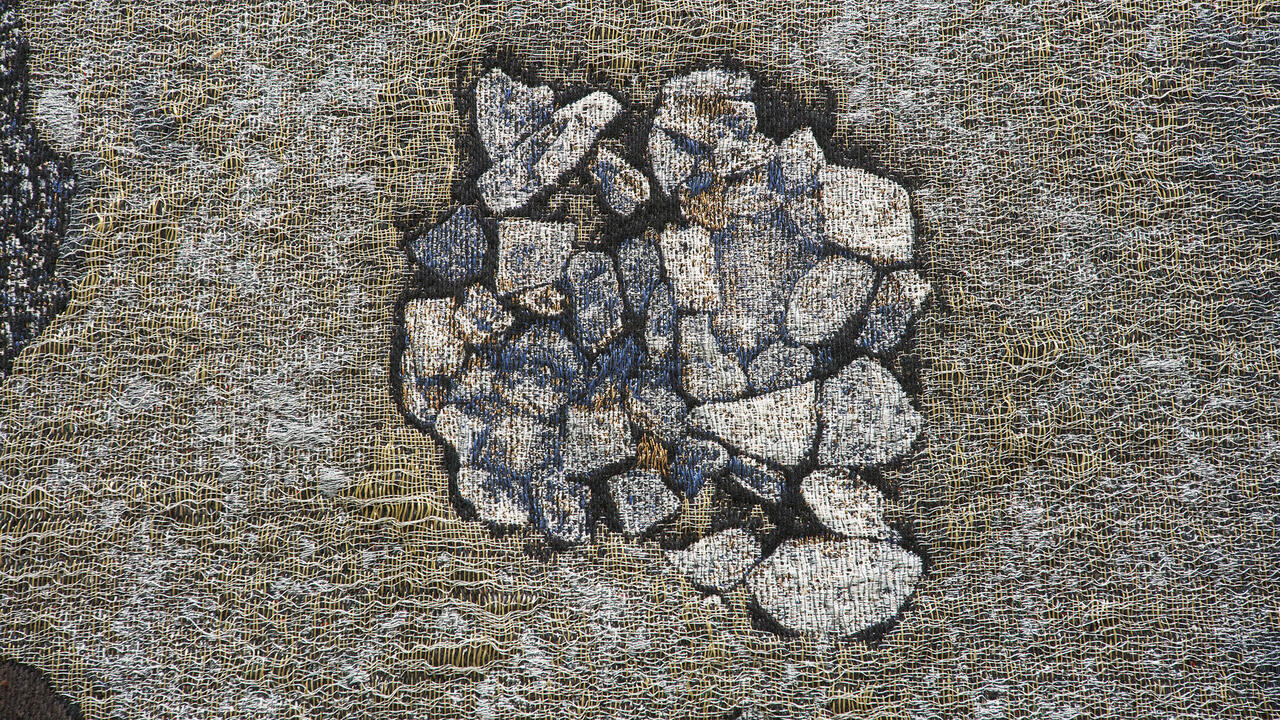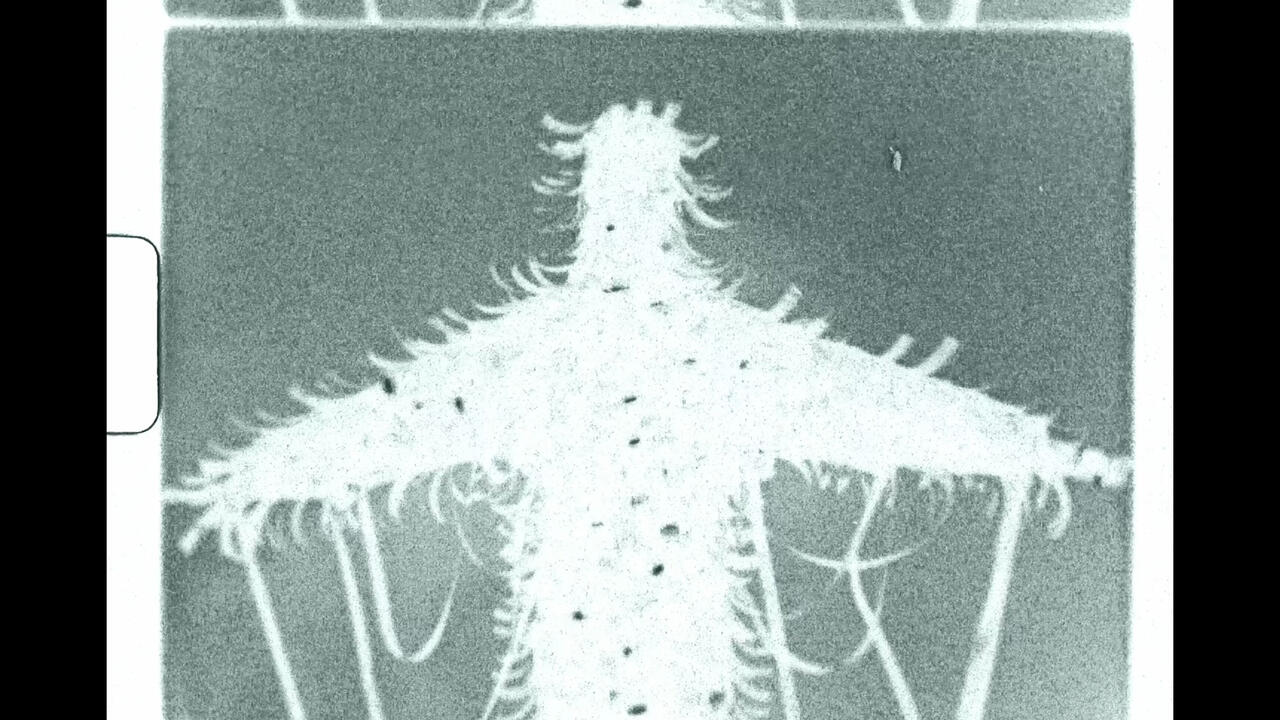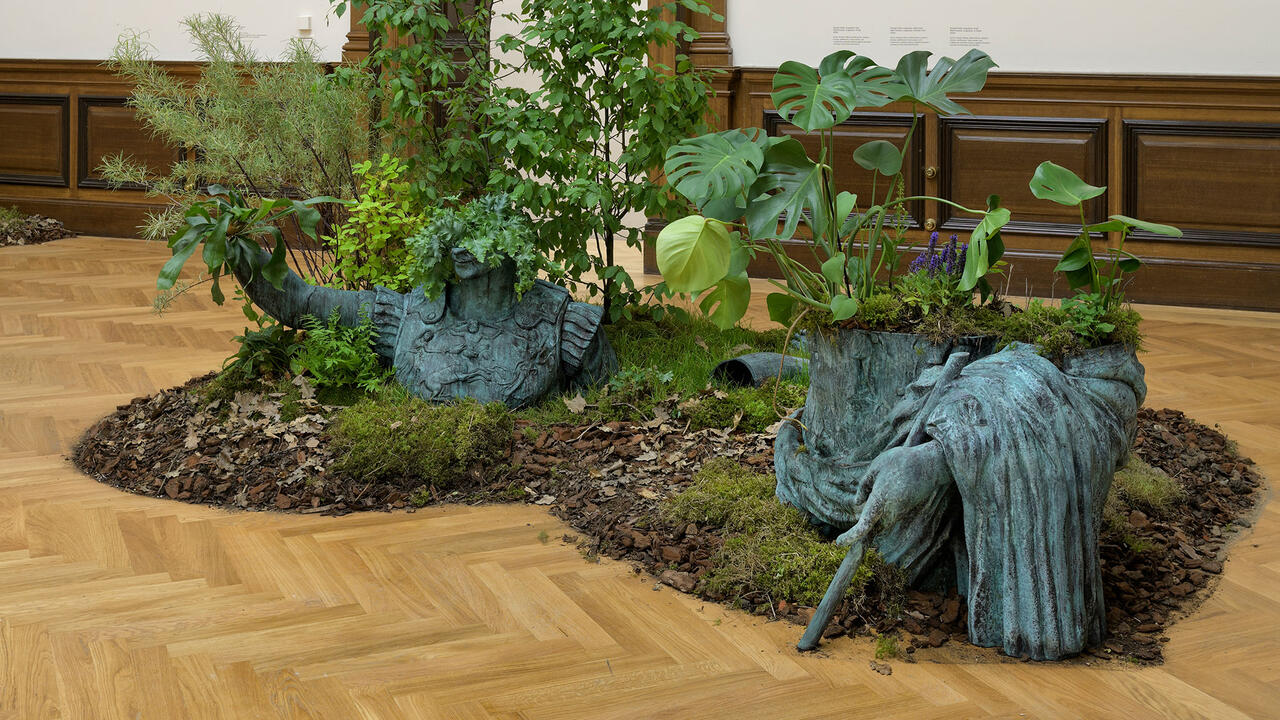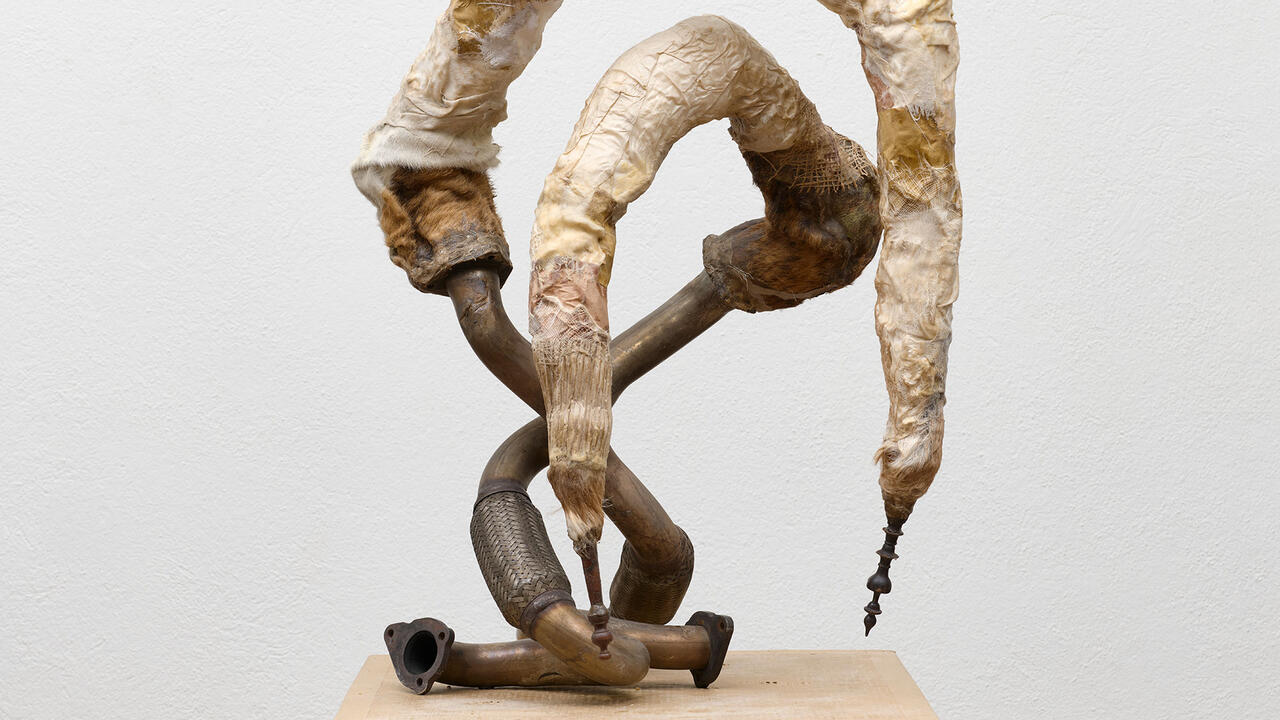Myrlande Constant Channels the Divine
A survey of the artist’s revolutionary drapo flag-making at the Fowler Museum at UCLA situates her within the canon of her craft and country
A survey of the artist’s revolutionary drapo flag-making at the Fowler Museum at UCLA situates her within the canon of her craft and country

Thirty years ago, when Haitian artist Myrlande Constant quit the foreign-owned wedding dress factory where she’d worked with her mother as a teen, the Vodou practice of drapo (flag-making) was still utilitarian and male dominated. Constant’s mother taught her how to sew; the factory honed her technical hand and aesthetic eye. Soon after, Constant acquired an airy studio atop Port-au-Prince, surrendered to the spirits and began working her magic with fabric, sequins and beads.
‘The Work of Radiance’ at the Fowler Museum at UCLA encapsulates, celebrates and hints at the further potential of Constant’s innovations like a lone sequin throws multi-directional light. The first institutional survey of a contemporary Haitian woman artist in America, the show blooms across five thematic sections: a shimmering extravaganza fit for Constant’s conceptually mystical and formally theatrical approach.

Constant retains the spirituality of the drapo medium while rendering it technically profane through an approach as eclectic as Haitian Vodou itself, employing symbols on the sole condition that they command archetypal weight. Rasanbleman Soupe Tout Eskòt Yo (All the Escort Gathering for Supper, 2019), for instance, reimagines the last supper as a luscious gathering of lwa (ancestral spirits) surrounded by traditional and contemporary icons including cocktail glasses lined with slices of orange. Although her flags aren’t meant to dance in the firelight, they still assert that communion with formally potent compositions can spark gnosis.

Furthermore, Constant ranks as the first drapo artist who dared to layer beads intricately enough to formulate narratives, which swell with pictorial density as the show progresses. Increasing legions of divine intermediaries are seen accumulating in works such as Simbi 3 Zilets Negne Escalie Bomba (2000), which illustrates intimacy between the sacred and the profane with just four figures. Two, which appear to be angels, herald a lwa, situated between human and divine, which in turn falls spear-first to inhabit the silhouette of a servateur (mortal servant of the lwa).

That section proceeds to introduce further families of lwa filtered through Catholic iconography, including Erzulie Fréda (depicted as the Virgin Mary), Ogou Feray (associated with Saint George) and Saint Patrick, whose legendary banishment of snakes from Ireland led to his being linked to the serpentine Danbala, creator of life. Constant also acknowledges Catholicism, Haiti’s second national religion, in Milocan: Tous les Saints, Tous les Morts (Milokan: All the Saints, All the Dead, 2000), in which all of creation – humans, deities and Gede, the trickster lwa of death and fertility – gathers around a sacred mapou tree, crowned by the all-seeing eye of the Vodou creator god Bondye, for fully integrated healing and transitional rituals.

That same single eye peers out over the flash of smaller flags in the final room, each orbiting Haiti madi 12 janvye 2010 (Haiti, Tuesday, January 12, 2010, 2012), a massive drapo that Constant started making 366 days after Haiti’s devastating 2010 earthquake: the time it takes for a decedent to transform into an ancestor. Her elegy unites the show’s individual, overlapping populations of people – Black and white, Christian and Vodou, spirits of all creed and form – collectively lamenting the day the ground opened like a graveyard.
Thus, the final gallery situates Constant within the canon of her craft and her country. Beaded figures from Haitian history like Jean-Jacques Dessalines, independent Haiti’s first leader, and his goddaughter Catherine Flon, who stitched the country’s first flag, accompany another flag depicting an unnamed woman – bearing a striking resemblance to the artist – beneath a quote from a song for Grann Alouba, the leader of all Haitian lwa, who is said to have guided Dessalines. As Haiti negotiates its next chapter, Constant’s painstaking tableaux demonstrate the allure of diverse details in mesmerizing harmony – a visionary proposal challenging viewers to embrace the layers accumulated beneath every creation tale.
Myrlande Constant’s ‘The Work of Radiance’ is at the Fowler Museum at UCLA until 27 August.
Main image: Myrlande Constant, ‘The Work of Radiance’, 2023, installation view. Courtesy: Fowler Museum at UCLA; photograph: Elon Schoenhol





